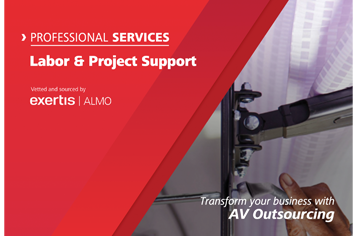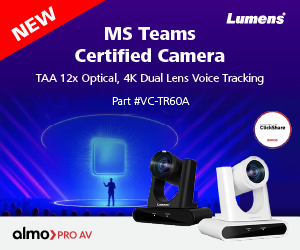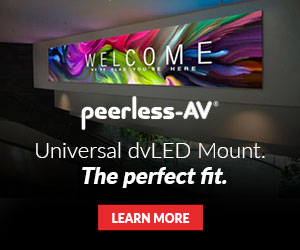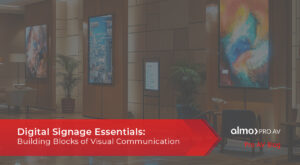Bringing Harman-ies Outdoors
As I began putting thoughts down and mapping out my latest piece, it seemed quite obvious and fitting what I should be writing about. It is the week after Easter, my kids are home from school on spring break, and it just so happens to be the nicest weather we have seen in NJ since September, with temps in the upper 80’s! Oh, how I missed working with my office windows open! With all of that in mind, I think back to a topic I recently wrote which discussed “Anywhere Audio”, as I had coined it. In that piece, I discussed the varying types of portable and powered loudspeakers that seemed to blossom coming out of the pandemic as more people and activities were now outdoors. So, as I sit here mapping out my latest plan, I thought it was important to expand on that. The topic of outdoor audio is a lot more “wide encompassing” that even I thought and given that, I made the decision to “phone a friend” to discuss the topic even more. Allow me to introduce you all to Dave Tewksbury, Product and Applications Sales Support at Harman Pro Solutions. “Tewks”, as he is widely known around the industry, is not only a phenomenal resource and incredible friend to everyone who knows him, but he is also an accomplished singer and longtime audio enthusiast. Simply put, I learn something new every time we speak! So, with that, allow me to highlight our recent discussion around Harman and how they approach the Outdoor Audio Category.
To help set the stage for the conversation (pun intended!), Tewks recalled how he first got started in the world of Audio. I will be the first to admit that I always assumed he was a singer who specifically chose to work at Harman, but his background is far greater than that. As Tewks fondly recalled, he caught the “JBL Bug” as a young kid in Cincinnati. His sister, who was a performer at the time, had taken him to their local music shop called Buddy Rogers. The salesperson there had mentioned that JBL was one of the best they could get so that is where the discussion started. Given that this was long before the times of powered loudspeakers, they would also need an amplifier to which the salesperson said “if you are using JBL, you MUST use Crown. Those go hand in hand!”. That is how it all started. Since that day/interaction, Tewks has used nothing but JBL/Crown for all his audio needs which predates his employment at Harman. That would come later down the road after first working at an integrator who also happened to be a major Crown/JBL partner as well as a local rep that turned out to be a rep for Harman. The draw to these brands, outside of the name recognition, is that Tewks can emphasize these products have never steered him wrong. As an avid musician, he has never blown a speaker, replace a driver or other components, and as a musician funds can be limited at times, this history of quality is something he will firmly standby.
As we steered the discussion into the outdoor category, Tewks was generous enough to peel back the curtain just enough to highlight Harman’s philosophies on quality and the thought process that goes into creating speakers that not only sound great but can withstand the harshest of elements outdoors. When I think of what JBL does in the way of outdoor audio, it is quite impressive and expansive. We could also spend a lot of time discussing the IP ratings of speakers and why they matter. A speaker’s IP rating is generally 2 numbers that follow IP and each of those 2 numbers means something. The first number is what they call intrusion protection such as dust, debris etc. The second number is the moisture protection. Simply put, on a scale of 1-6, the higher the number the better the protection would be. So, if a loudspeaker was IP66, theoretically it would be totally protected against dust/debris and protected against strong jets of water such as on a cruise ship deck.
 Category 1: The Hybrid Indoor/Outdoor Speaker. A good example of this would be the Control 28-1. This is a surface mount speaker with 8” driver and as the name implies, can be used both indoors and outdoors. When using outdoors, I highly recommend using under a roof/awning and making sure it is not exposed to harsher elements such as salt water or freezing temps. This speaker comes with an IP44 rating which means it offers average protection against water being splashed or objects like nails, etc that are unable to penetrate the grille.
Category 1: The Hybrid Indoor/Outdoor Speaker. A good example of this would be the Control 28-1. This is a surface mount speaker with 8” driver and as the name implies, can be used both indoors and outdoors. When using outdoors, I highly recommend using under a roof/awning and making sure it is not exposed to harsher elements such as salt water or freezing temps. This speaker comes with an IP44 rating which means it offers average protection against water being splashed or objects like nails, etc that are unable to penetrate the grille.
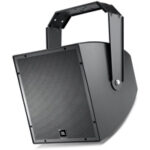 Category 2: All Weather. A good example of this would be the AWC129. As the name implies AW=All Weather. Highly weather resistant and perfect for outdoor applications such as sports stadiums or outdoor bars/cabins. The AWC line comes with an IP56 rating, which means it is protected against small dust particles and strong jets of water and can be used in direct exposure.
Category 2: All Weather. A good example of this would be the AWC129. As the name implies AW=All Weather. Highly weather resistant and perfect for outdoor applications such as sports stadiums or outdoor bars/cabins. The AWC line comes with an IP56 rating, which means it is protected against small dust particles and strong jets of water and can be used in direct exposure.
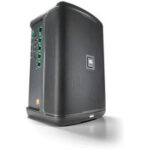 Category 3: Powered and Portable. This category houses some of JBL’s best selling speakers such as the Eon One Compact, PRX One, Eon 700 series and the brand new PRX900 Series. While I do not recommend leaving these out in harsh environments or even getting splashed with water, they are regularly used for outdoor events, outdoor dining, fitness classes and more. They also have optional transport cases and rugged cabinets to help prolong their lifespan.
Category 3: Powered and Portable. This category houses some of JBL’s best selling speakers such as the Eon One Compact, PRX One, Eon 700 series and the brand new PRX900 Series. While I do not recommend leaving these out in harsh environments or even getting splashed with water, they are regularly used for outdoor events, outdoor dining, fitness classes and more. They also have optional transport cases and rugged cabinets to help prolong their lifespan.
Category 4: Performance Audio. This group may or may not be as obvious to everyone, but next time you are at an outdoor concert this summer, look on the stage and up in the rafters and you will see what I mean. 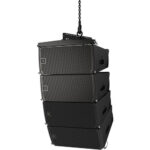 Whether it is the ever-popular VTX A Series or the newer SRX900 Series which happens to also be powered, JBL excels in this space. VTX for example, carries an IP rating of IP55 and come with rugged enclosures with a Duraflex finish to make sure they last and perform well throughout a tour. The SRX900, as mentioned previously is a newer, powered solution for performance use-cases. This series comes with a similar IP54 rating, which places it right up in the ranks with the VTX and has a 16-guage perforated steel grille for added durability. Needless to say, both models were meant for the outdoors!
Whether it is the ever-popular VTX A Series or the newer SRX900 Series which happens to also be powered, JBL excels in this space. VTX for example, carries an IP rating of IP55 and come with rugged enclosures with a Duraflex finish to make sure they last and perform well throughout a tour. The SRX900, as mentioned previously is a newer, powered solution for performance use-cases. This series comes with a similar IP54 rating, which places it right up in the ranks with the VTX and has a 16-guage perforated steel grille for added durability. Needless to say, both models were meant for the outdoors!
Category 5: Landscape. One of JBL’s best-selling series is their Control 80 Series of landscape speakers. These “mushroom” style speakers are green in color, so they help blend in with gardens or other landscapes as needed. Highly weather resistant that also offer a 360-degree coverage for audio! 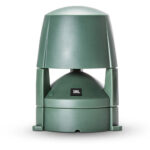 This series comes with an ip-56 rating, so you know you will be getting long-term use of these. JBL has recently expanded this category to include in-ground subwoofers and the new ground-stake speakers. Combined with the Control 80 Series, they have an entire solution for landscape needs which are perfect for residential, hospitality, bar/restaurant and so many more! Tewks highlighted how he uses 4 of the Control 85’s in his own backyard and says, “you don’t need to have ears on your kneecaps for these to sound good”. Meaning, they perfected the ability to get highs, mids, and lows up to your listening levels through a down firing speaker. It’s really incredible!
This series comes with an ip-56 rating, so you know you will be getting long-term use of these. JBL has recently expanded this category to include in-ground subwoofers and the new ground-stake speakers. Combined with the Control 80 Series, they have an entire solution for landscape needs which are perfect for residential, hospitality, bar/restaurant and so many more! Tewks highlighted how he uses 4 of the Control 85’s in his own backyard and says, “you don’t need to have ears on your kneecaps for these to sound good”. Meaning, they perfected the ability to get highs, mids, and lows up to your listening levels through a down firing speaker. It’s really incredible!
As we discussed through these, Tewks emphasized how Harman listens to their customers. A void in this category for many years were speakers that could be used in dessert climates such as Arizona, so with that, Harman rolled out a green and a brown colorway 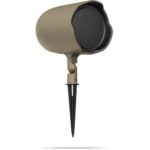 in their ground stakes so more customers could utilize. Another point of emphasis was how they always strive to be ahead of the trends/needs of their customers. I referenced the recent surge we saw in outdoor audio needs from 2020 to now, and Tewks reminded me that it takes 4, 5, or even 6 years to fully develop a new product so with that in mind it was clear that Harman placed an emphasis on this category well before the need even was present.
in their ground stakes so more customers could utilize. Another point of emphasis was how they always strive to be ahead of the trends/needs of their customers. I referenced the recent surge we saw in outdoor audio needs from 2020 to now, and Tewks reminded me that it takes 4, 5, or even 6 years to fully develop a new product so with that in mind it was clear that Harman placed an emphasis on this category well before the need even was present.
While I could talk about speakers with Tewks for hours on end, I think our discussion painted a good picture of where this idea of “outdoor audio” is headed. While I chose to mainly emphasize speakers here, let us not forget what else could be needed. If not using a powered loudspeaker we certainly need amplifiers, mixers, and the obvious microphone to go along with it. However, I come from the belief that none of those will matter if you don’t have the proper speakers. You have 4 main components to any audio system as I just highlighted and if one is sub-par or incorrect for the desired use and atmosphere, the whole system will fail.
Next time you are involved in any project requiring outdoor audio, I caution to do your homework and ask the right questions to determine what is needed. Hopefully you understand IP ratings a little bit more now and can decipher which type of outdoor speaker could be used for a given project. JBL and Harman is certainly a great place to start!
Enjoy this blog?
Let Rob know over on LinkedIn …and/or connect with #ExertisAlmo on our LinkedIn company page.

Rob Voorhees | CTS, CTP, DSCE, CTNS, Dante
Business Development Manager
Supported Manufacturers: Business Communications Services, and Harman: AKG, AMX, BSS, Crown, DBX, JBL, Soundcraft, Martin Lighting

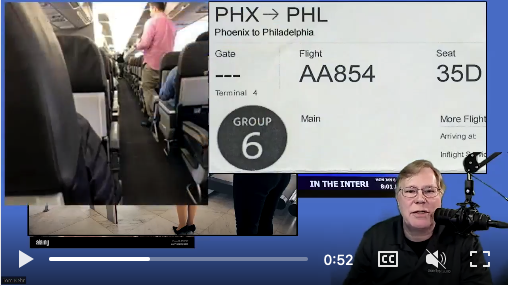
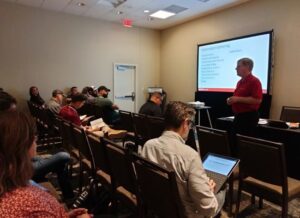 Want to know more?
Want to know more?
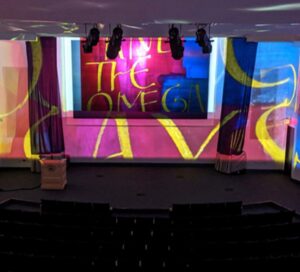 3. Image Position & Adjustment
3. Image Position & Adjustment
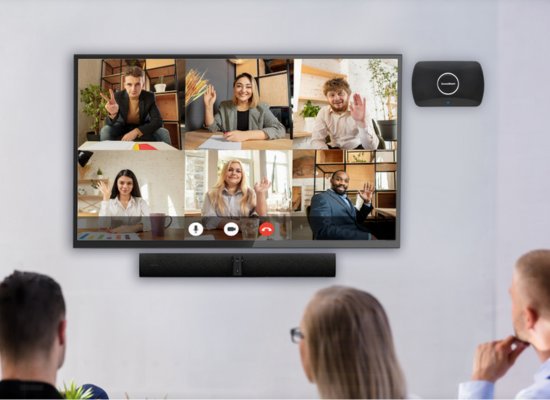 1. Connection Level
1. Connection Level
 The first step in the process is assessing the install site. The integrator will have to do a thorough site survey, to make sure the solution will work. Making sure they have adequate access to power, and ensuring that the wall or structure that the display is being mounted to is secure and strong enough to support it. Once you have this done, you can work on designing and planning your wall layout and structure. Most manufacturers offer assistance in design for the mounting solution. Our partners at
The first step in the process is assessing the install site. The integrator will have to do a thorough site survey, to make sure the solution will work. Making sure they have adequate access to power, and ensuring that the wall or structure that the display is being mounted to is secure and strong enough to support it. Once you have this done, you can work on designing and planning your wall layout and structure. Most manufacturers offer assistance in design for the mounting solution. Our partners at 